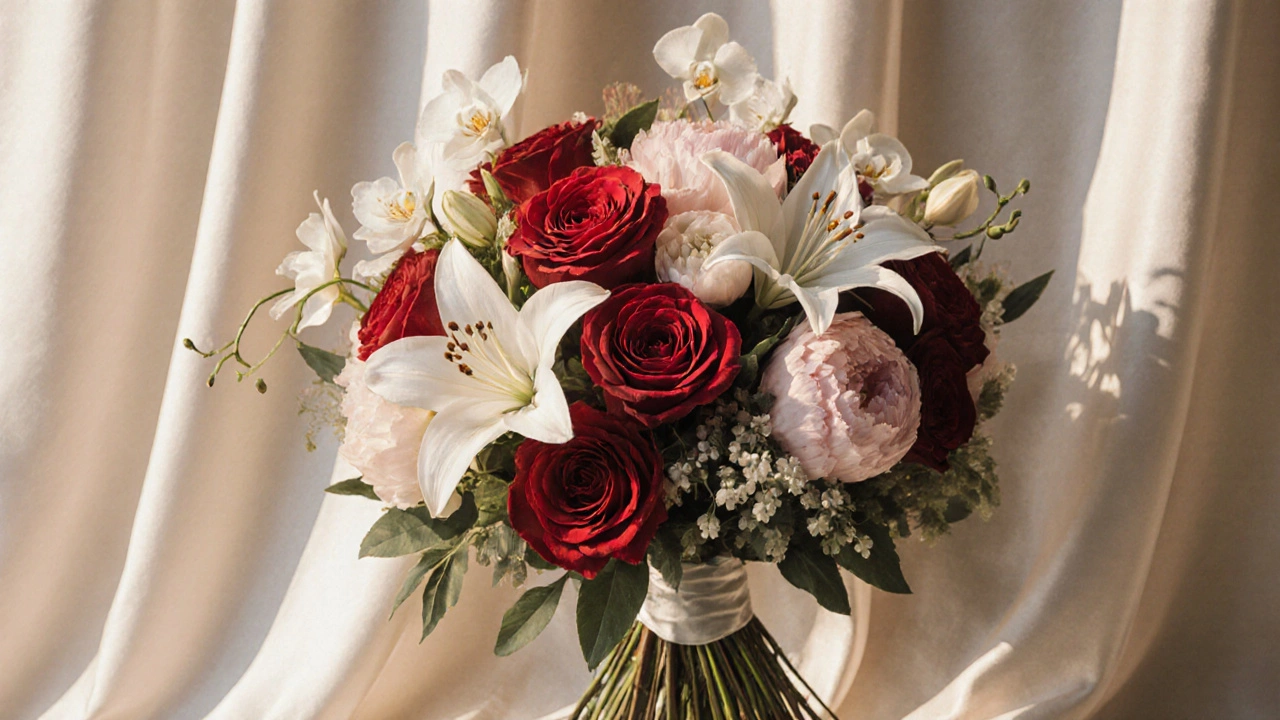Best Wedding Blooms: Choose the Perfect Flowers for Your Big Day
When working with best wedding blooms, the top flower choices that blend beauty, seasonality, and budget for a wedding ceremony and reception. Also known as top wedding flowers, it helps couples create memorable moments. Looking for the best wedding blooms? You’ll want a clear plan that ties together style, venue, and budget. Below we break down the main pieces you should consider before you start ordering.
Choosing the Right Blooms
The centerpiece of any floral plan is the bridal bouquet, a hand‑held arrangement that reflects the bride’s personality and the overall wedding theme. This bouquet often sets the color palette for the rest of the decor, so it’s a natural starting point. Pair it with a complementary ceremony floral arrangement, large installations like altar arches, aisle runners, or pew accents that frame the vows and you’ve got a visual backbone for the entire event. In short, best wedding blooms encompass both the intimate bouquet and the grand ceremony pieces.
Seasonal flowers act like the fuel for your floral budget. Using seasonal flowers, varieties that are naturally in bloom during your wedding month, reduces cost and boosts freshness. For a spring wedding, think peonies and lilacs; summer brings garden roses and dahlias; autumn favors mums and sunflowers. Choosing what’s in season also makes it easier to find local growers, which cuts shipping fees and supports sustainable practices.
Once you’ve nailed the bouquet and ceremony pieces, think about how the blooms will interact with other wedding elements. A pastel palette works well with soft lighting and lace details, while bold, saturated colors can match a modern venue’s sleek lines. Color theory says that complementary hues—like lavender with sage—create visual interest without clashing. Your florist can mix foliage, such as eucalyptus or ivy, to add texture and reduce the number of pricey blooms needed.
Budget is a real concern for most couples, so plan where to splurge and where to save. Allocate most of your floral budget to the bridal bouquet and altar backdrop—those are the focal points guests will remember. For secondary décor, consider using greenery, wheat stems, or glass vases filled with single‑stem roses. These options look elegant but cost a fraction of full‑flower installations.
If you’re hands‑on, a DIY approach can be rewarding. Gather flowers from a local market a day or two before the wedding, store them in water, and assemble simple arrangements with the help of friends. Just be sure to have a backup plan in case of wilted stems. Many couples hire a professional florist for the bouquet and main décor while handling table centerpieces themselves, striking a balance between expertise and personal touch.
Current trends show a rise in mixed‑greenery bouquets and loose, “wildflower” looks. These styles pair well with rustic barns or outdoor garden venues, and they often use a variety of filler flowers—like baby's breath or statice—that stretch the budget further. If you love a more polished look, opt for single‑type arrangements, such as all‑white roses, which convey elegance with fewer components.
Timing matters. Order your flowers at least 6‑8 weeks in advance if you’re using a florist, especially for out‑of‑season varieties that need to be sourced early. For same‑day DIY builds, pick flowers the day before and keep them cool. After the ceremony, consider preserving the bridal bouquet as a keepsake—pressing or freeze‑drying can turn it into a lasting memory.
All these pieces—bouquet, ceremony décor, seasonal choices, budget strategies, and timing—form a cohesive plan that makes the best wedding blooms work for you. Below you’ll find a collection of articles that dive deeper into related wedding topics, from etiquette to venue selection. Use them to fine‑tune every detail and ensure your flower choices shine alongside the rest of your celebration.

- Oct, 8 2025
- Comments 0